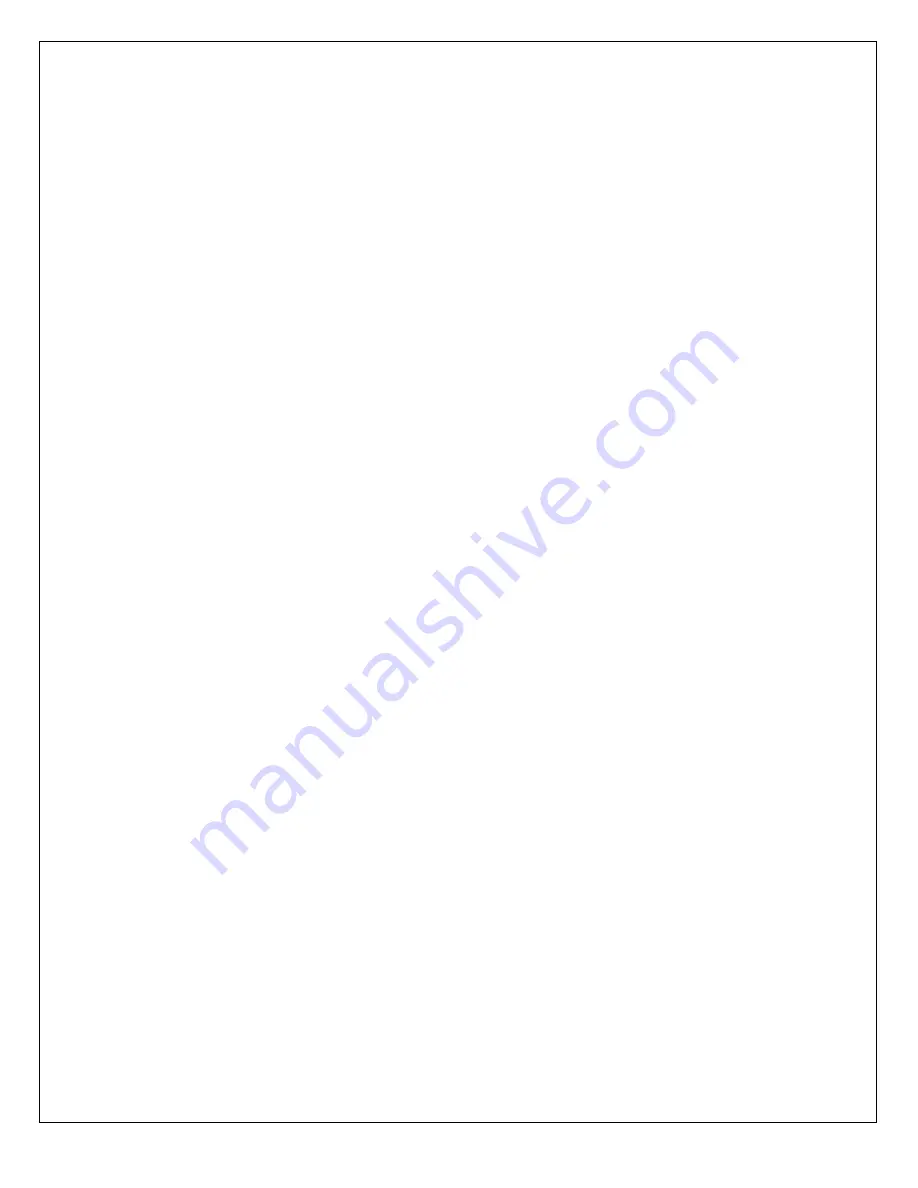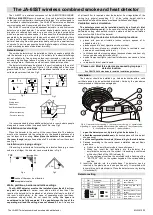
8
Preparation
1. Inspect Wagon for shipping damage. If damage does
exist, do not use. Notify your dealer immediately to
have damaged parts replaced or repaired.
2.
Assembly may be required depending on how you
purchased your equipment. Follow the assembly
procedures as outlined in the assembly manual.
3. When not attached to the towing unit, block and chock
the wheels to prevent movement.
4.
Ensure slow-moving-vehicle (
SMV) emblem has been
properly installed at rear of wagon.
5. Personal protection equipment (PPE) including hard
hat, safety glasses, safety shoes, and gloves are
recommended during assembly, installation, operation,
adjustment, maintaining, repairing, removal, cleaning,
or moving the unit. Do not allow long hair, loose fitting
clothing or jewelry to be around equipment.
6. Ensure safety chain, straps, tires are not damaged
and in good condition.
7. Inspect all fasteners that they are not lose or missing.
Ensure fasteners and wheel bolts are torqued
according to the torque chart at the back of this
manual
8. If traveling at night, ensure provincial / state and local
laws / lighting requirements have been met.
9. Ensure that all applicable safety decals are installed
and legible.
10. Check alignment of wheels, realign the wheels if
needed.
11.
Check and Inflate all
tires to recommended PSI.
12. Check wiring harness connection and test function of
the electric brakes and wagon tail lights.
13. Synchronize brakes with brake controller.
Operation Safety
1. NEVER allow helpers or bystanders under or near
header while mounting on header wagon.
2. Make sure that the load is fastened securely to the
wagon before moving.
3. Inspect all fastening devices, do not use if worn or
damaged.
4. Use a high strength hitch pin to hitch the implement to
towing unit,
5. Secure the hitch with the safety chain. Replace the
safety chain if one or more links or end fittings are
broken, stretched or otherwise damaged or deformed.
6. Make sure that everyone is clear before moving the
implement. NEVER position yourself between the
towing unit and the implement.
7. Do not permit riders while transporting this implement,
with or without a load.
8. Where possible, avoid operating near ditches,
embankments and holes.
9. Loading or unloading an unhitched implement, be sure
to properly block / chock the wheels to prevent the
implement from moving.
10. Check wiring harness is undamaged and that wagon
brakes are functioning properly: no lockup
11. Inspect rims for dents or damage, check wheel lugs
and tighten if required.
12. Ensure there is adequate lighting while working at
dusk or after sunset.
Storage Safety
1. Store the safety chain by securing it around the
tongue
2. Store the unit in an area away from human activity.
3. Do not allow children to play on or around the stored
implement.
4. Store the unit in a dry, level area. Cover if stored
outside.
5. Ensure safety chain, straps, tires are not damaged
and in good condition before storing the wagon. Make
repairs now to be ready for the following season.
6. Chock wheels to prevent unintentional movement.









































